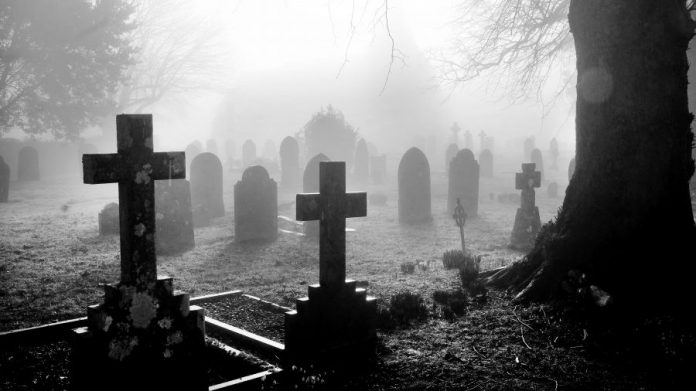
Janice Hayes-Williams went from being an amateur local historian to an area hero when she found the remains of Smith Price, a prominent Black man displaced from his burial site.
Price was the founder of the first free Black community in Annapolis, Maryland. His remains had been dug up for the development of a renewal project in the 1980s. However, no one knew where to find the bones.
READ MORE: In the midst of political tug-of-war, Maryland House elects its first Black woman speaker
“How do you dig up people and take them away?” Hayes-Williams said in an interview with The Washington Post.
The remains are now located in St. Anne’s Cemetery in Annapolis. Hayes-Williams said “they’re home” after seeing a set of custom wooden caskets. According to the Capital Gazette, a 12 man group of community leaders led the remains to the final resting place of St. Anne’s.
The bones in the caskets are of Price and his son, buried once again after a ceremony was held at the church Price assisted in the founding over two centuries ago. The eulogy was performed by Lt. Gov. Boyd K. Rutherford, who is the second African-American in the history of Maryland to have the job. Rutherford spoke of Price, stating he possessed “resilience in the face of conditions we really can’t understand today.”
Price was the son of a white father and Black mother and born into slavery during the 1750s. He was considered the property of the first president of the Maryland Senate, Daniel of St. Thomas Jenifer. Price was known as a talented blacksmith and artisan. He was freed in 1791 after his slave owner’s death and eventually purchased the land for the Asbury United Methodist Church.
In addition to buying the land, Price would also buy the freedom of other enslaved people before his death in 1807. The remains of Price and his son were moved from the graveyard behind the church in the 1980s, when Black residents in the area were displaced by pricey townhouses.
While the remains of Price and his son were able to be recovered, Wayne Clark, the chief state archaeologist of Maryland at the time, told The Washington Post other remains in the cemetery might have accidentally ended up in a landfill with trash from construction. Clark discovered the remains when the graves were cut in half during a basement excavation. He and an emergency team gathered what they could and stored them.
“I have a habit of checking construction sites around town,” Clark said. “I was shocked and upset that there was no archaeology done on this area.”
READ MORE: Hundreds line up to attend Elijah Cummings Baltimore funeral
Hayes-Williams had just started research in the area and was hurt by the way the graveyard was treated.
“This is my story, my people,” Hayes-Williams said. “I mean, these guys were leasing lands, running shops and taverns, buying their own people out of slavery. And nobody knows.”
Hayes-Williams would recover the bones from Jefferson Patterson Park and Museum in Calvert County, a state facility that holds over 8 million archaeological artifacts. She was there for a commission meeting after being appointed to serve on committees by a local official.
The bones were in a box, which was allowed to be turned over to the church for a reburial.










More Stories
Black College Students Receive Racist “Pick Cotton” Texts – Vibe
How Asha Abdul-Mujeeb, a Black digital archivist, is preserving HBCU history – Reckon
10 Finalists Announced For The 2025 Music Educator Award – The GRAMMYs